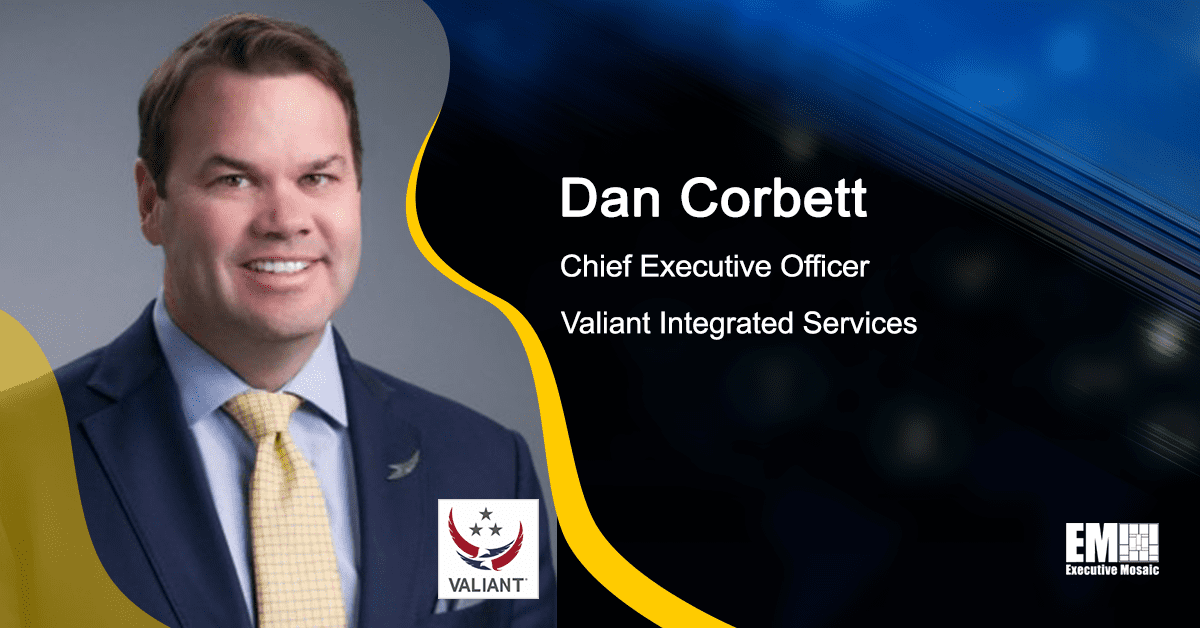
This article was written by Clay Goldwein and John Nemoto of CGI Federal.Â
Innovation is arguably one of the most discussed, yet misunderstood, buzzwords in government and industry. When simply defined, innovation refers to a new method, product or idea. And within that innovation arc, a change is considered revolutionary when it radically disrupts the way we do work or perform actions, such as the mobile device/smart phone, wearable technology, or artificial intelligence (AI). However, innovation doesn’t need to be revolutionary to make measurable impact. Innovation can be evolutionary, consisting of steady, small increment changes such as a new workflow, business process improvement, or automating a manual process, as long as the end result is more efficient work or increased value.Â
A couple weeks ago, in a two-part series (Part 1 and Part 2), we focused our attention on the upcoming information technology (IT) modernization landscape at Customs and Border Protection (CBP). Both articles discussed the agency’s goals, showcased how their requirements support a results-driven approach and ended with several steps that could help ease CBP’s transition to a secure multi cloud services model. Today, we’d like to conclude our analysis of CBP’s transformative efforts with a discussion on how the agency can best cultivate and nurture an innovative environment.Â
The temptation in innovation is to focus on only implementing new, revolutionary technologies that promise other-worldly results. However, no single technology or tool dropped into an enterprise creates efficiency or fixes business process. Past results have shown that such “innovation†can result in wasted work and increase technical debt. To deliver true business value, it is imperative for CBP decision makers to remain focused on evolutionary innovation, accomplished through dedicated process, racked and stacked priorities, and positive return on investment to the mission. Four simple principles can help CBP executives deliver meaningful innovation, future-proofing OIT for the ever-evolving mission: Â

- Remove the Noise: Attend any tech conference, log onto the internet, or open a marketing publication and you will quickly discover there is a “simple†tool to solve every problem. While trying to innovate, the noise of quick fixes must be eliminated. Before other steps can take place, CBP leaders, key stakeholders and a select group of domain experts must establish a baseline of the current state of the enterprise, then set priorities to determine what success looks like in the end state. A focused investment in end-state infrastructure, instead of the “new and cool†tools, leads to a future build that provides longevity and adaptability.
- Lighten the Load: The right technology – aligned and focused on mission capabilities and functionality, versus product – can push forward evolutionary innovation, thus lightening the load on agents, officers, and civilians responsible for completing time-consuming administrative and manual processes. For example, one of CBP’s operational priorities (according to its 2020 to 2025 Strategy document) is to “begin to institute corporate sharing of data and data analytics techniques to create greater value and efficiencies for CBP,†referencing needs at both the border and ports of entry. This critical capability for CBP can be achieved through the right solution mix of technology and subject matter expertise. Furthermore, lessons learned should be taken, tailored and applied from like-initiatives, such as the as United Kingdoms’, Police National Database (PND) which brought together disparate data and databases and turned it into one source for actionable intelligence for UK law enforcement. This solution allows investigators to drastically reduce the hours spent searching dozens of databases and trying to manually draw connections, so they can get away from their desk and back out into the field. As the landscape and threat of 21st century crime continues to evolve, CGI, in partnership with law enforcement, is now moving out to modernize this technology by creating a next-generation solution called CGI iD360.
- Focus on the Mission: As the guardians of our nation’s border on a 24x7x365 basis, nearly 60,000 CBP officers oversee 328 ports of entry throughout the U.S. and are responsible for border security, which includes counterterrorism, customs, immigration, trade and agriculture. CBP OIT stands with the entirety of the CBP mission every day and with a zero-fail allowance providing mission critical services. This front-line mission support cannot be accomplished without agility, security and seamlessly connected systems. CBP must use innovation to continuously change and address an evolving threat landscape; they must future proof by building smartly up-front. Hand-held tools and systems capable of making decisions based on available data in a predictive or adaptive manner, thereby supporting smart actions, are a must for CBP agents in a 21st century environment. Therefore, CBP needs to determine both how to best prioritize and apply technology – without bringing everything – to get to an eventual smart architecture.
- Follow the Experts: There is no substitute for drawing on the real-world, day-to-day scenarios and challenges faced by CBP agents and officers to inform strategy and help determine priorities. When it comes to innovation and nurturing an innovative environment, CBP should look to its own people—at all levels and locations, as well as CBP veterans now in industry—to help drive change and rank priorities. Executives must determine how to best gather and leverage the information garnered from these experts.Â
As CBP continues its modernization efforts, the emphasis will naturally be placed on technology and ensuring agents and officers have the tools they need to protect our POEs and borders in a 21st century world. But the ultimate goal should be mission effectiveness and enhancement, thus making it imperative to nurture an innovative environment focused on evolution and leverages people, process and technology to CBP’s considerable advantage.Â
Clay Goldwein is a vice president at CGI Federal and serves as the company’s DHS sector lead, and John Nemoto, also a vice president, leads the product management and business engineering practices for CGI Federal’s cloud and cybersecurity offerings and services.





